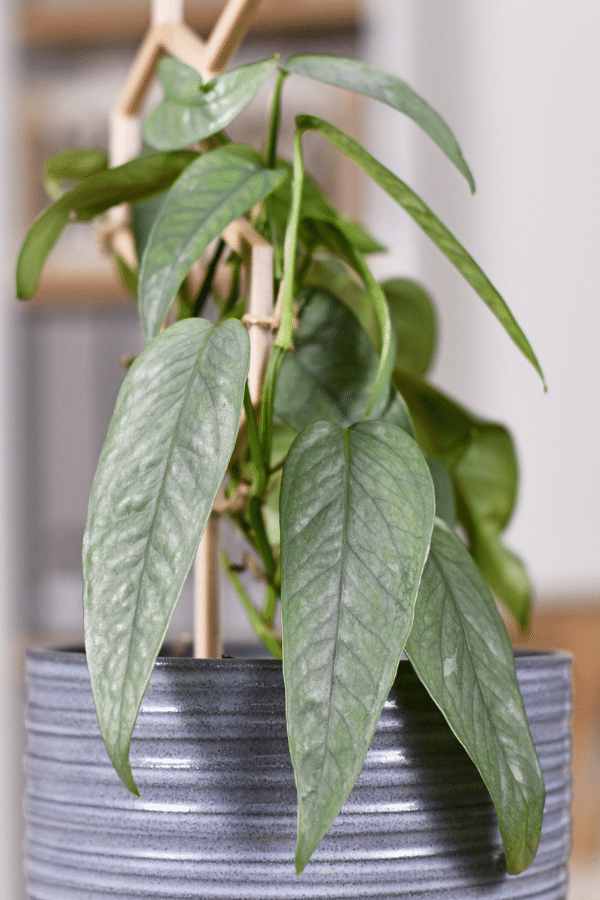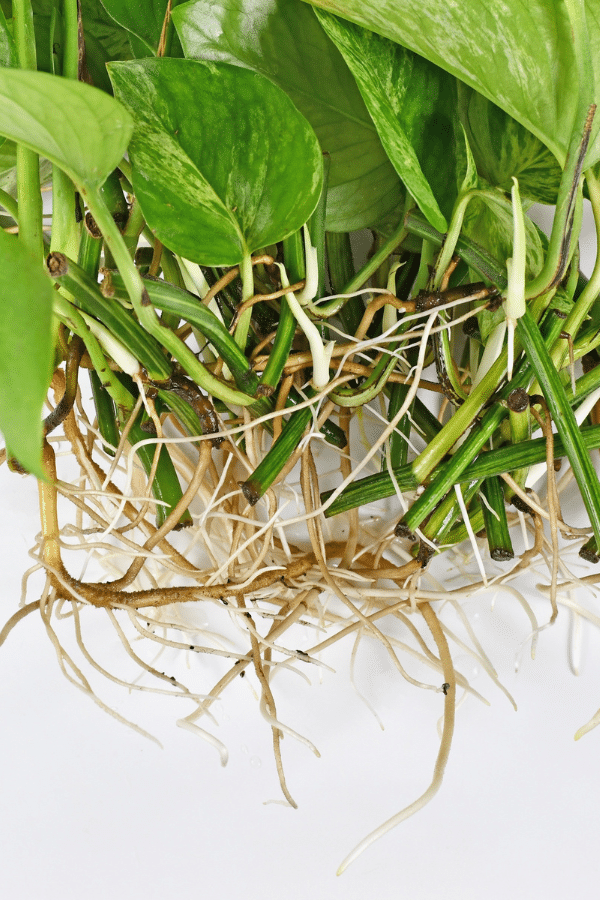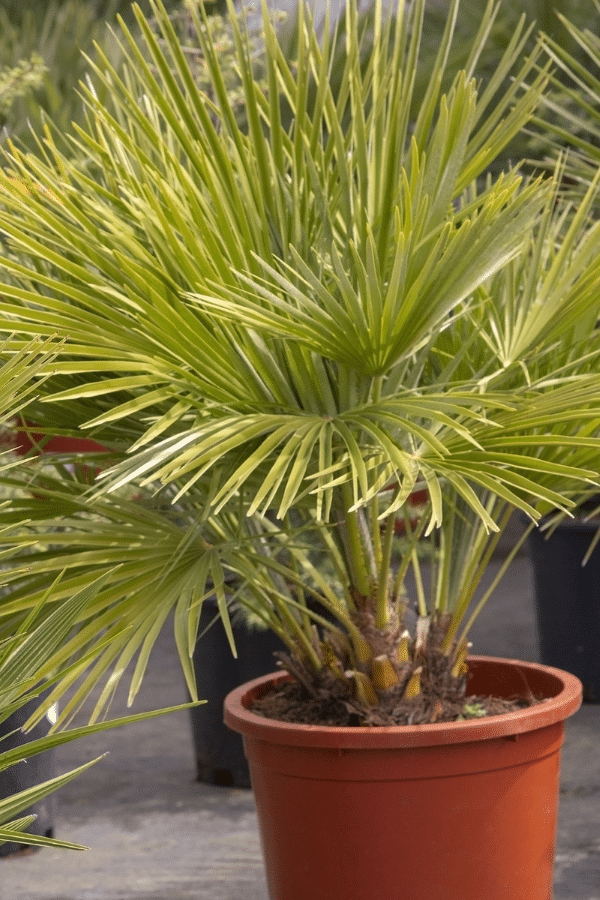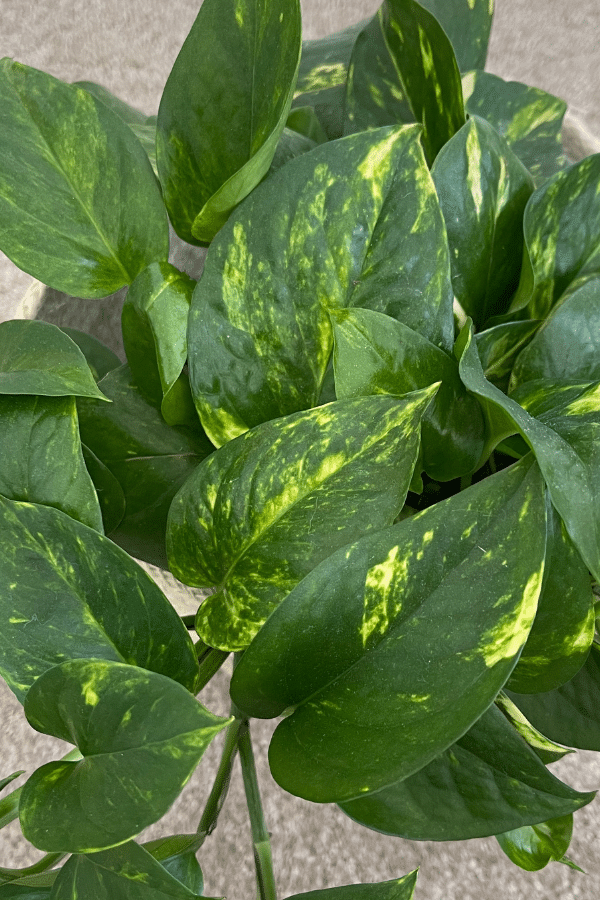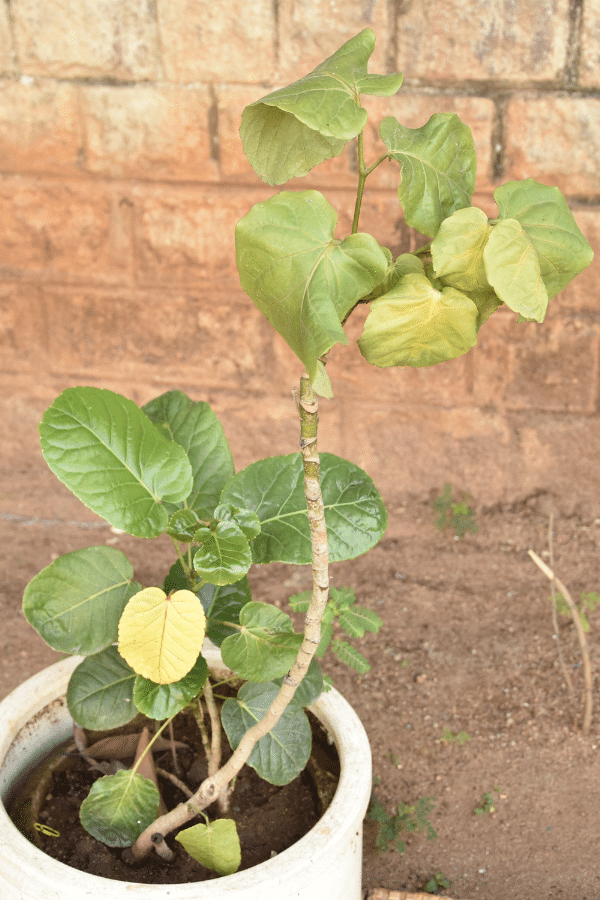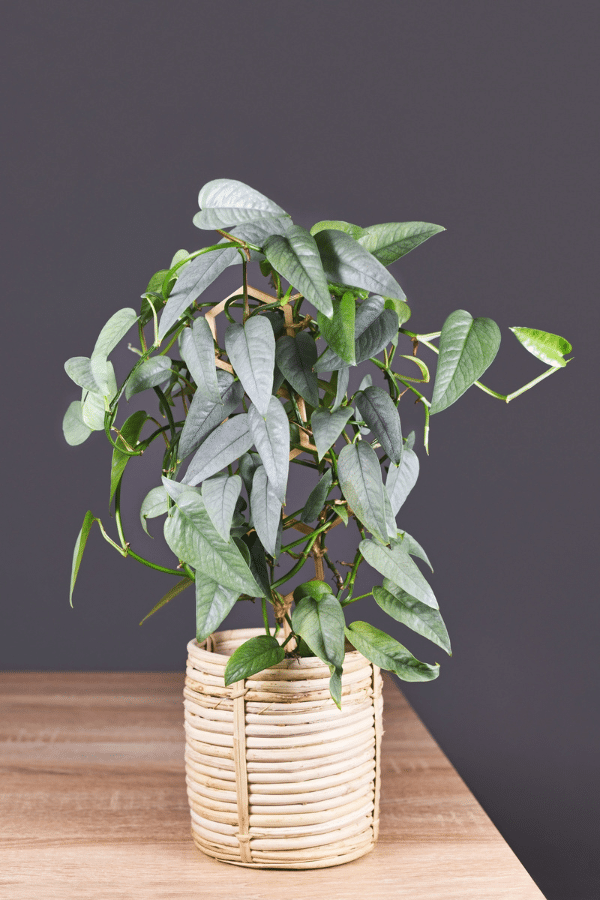Repotting Philodendron
It’s not often that a houseplant needs to be repotted, but when it does, it’s important to know how to do it properly. When it comes to repotting Philodendron, there are a few general rules to follow.
In this blog post, we’ll provide a step by step guide of the process of repotting a Philodendron and how to know when to repot Philodendron. We’ll also discuss some of the things to keep in mind when choosing a pot for your plant and potting soil. So if you’re wondering whether or not your Philodendron needs a new home, read on!
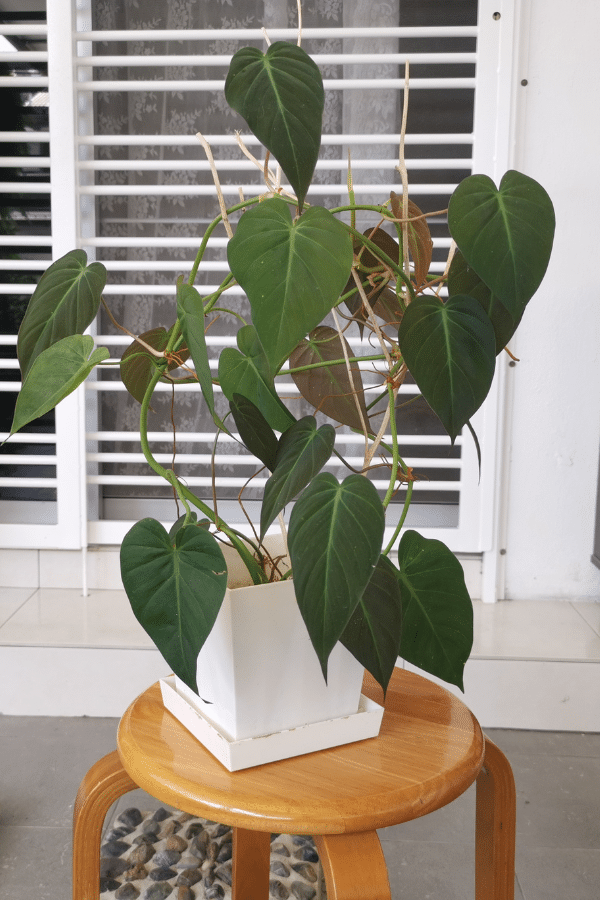
How Often to Repot Philodendron
When it comes to repotting Philodendron, there is no one-size-fits-all answer. The frequency with which you repot will depend on a number of factors, including the size of your plant, the type of potting mix you use, and the amount of light and water your plant receives. However, as a general rule of thumb, you should repot your Philodendron every 12 to 18 months.
This will help to ensure that your plant has enough room to grow and that the potting mix stays fresh. Repotting plants needs to happen every now and then, even if the roots aren’t poking out of the drainage holes, because of the nutrients the soil loses after a while. When repotting, be sure to use a well-draining potting mix and a pot that is only slightly larger than the current one.
Factors in Determining When to Repot
Time of Year
The best time of year to repot your Philodendron is in the early spring, when the plant is beginning to actively grow and come out of winter dormancy, late spring also works if you have lots of Philos to repot! However, if your Philodendron is potbound or rootbound – that is, its roots are tightly packed and there is little space for new growth – it can be repotted at any time of year. When repotting, be sure to use a well-draining potting mix and a pot that is only slightly larger than the existing one. After repotting, water your Philodendron thoroughly and allow the top inch of soil to dry out before watering again.
Roots Poking Out of Drainage Holes
If you can see the roots poking out of the drainage holes of a pot the plant is currently in, that means it’s looking around for fresh soil and somewhere to dig its roots into. This is the time to repot up and provide it some fresh soil with more room for it to establish a wider and deeper root structure.
Stunted Growth
If your Philodendron hasn’t been growing for quite some time, it may be time to give it a repot. While you may notice no new foliage from the surface, but the plant could be root-bound, so stunted growth is a symptom that will help you recognize another problem in which knowing that the Philodendron needs to be repotted. The roots will be cramped, and the plant will not have enough room to develop. As a result, it is important to repot a Philodendron when it shows signs of stunted growth. Another factor to consider is the potting mix. Over time, the potting mix will break down and become less effective at providing nutrients and moisture to the plant. As a result, it is also important to repot a Philodendron when the potting mix needs to be replaced.
Another reason you may be considering repotting is if your plant has root rot, any other signs of disease, or a bad case of bugs like mealybugs or aphids. If this is the case, remove the affected mushy, brown roots with clean scissors and repot as follows below. Remove any of the diseased part of the plant before repotting with fresh soil.
Prepping for Repotting
The biggest thing to think about before taking our your plant from its current pot is considering where it’s going to go next. So prepping for repotting is absolutely critical before you get started on actually repotting.
Pick a New Pot
Before you begin repotting your Philodendron plants, it is important to select the right pot. The pot should be one to two inches larger than the current one, with drainage holes to prevent waterlogged roots. It is also important to choose a material that will allow excess water to quickly drain away. Terracotta or ceramic pots are a good option, as they are porous and will help to regulate moisture levels. Once you have selected the pot, you can begin repotting your Philodendron. Gently remove the plant from its current pot and loosen any compacted roots. Next, position the Philodendron into the new, larger pot and fill in around the roots with the fresh soil mix. Water and place in a bright, indirect light location.
Get or Mix Fresh Soil
One of the most important things to consider when repotting a Philodendron is the type of soil mix you use. While there are many different types of potting mixes available, not all of them are suitable for Philodendrons. In general, Philodendrons prefer a light and airy potting mix that drains well. However, there are also a few specific ingredients that you should look for in a potting mix for Philodendrons. For example, peat moss helps to retain moisture, while perlite or vermiculite provide drainage and aeration. So a mix with part peat moss and part perlite would be a good starting point. You can also add a slow-release fertilizer to the mix to provide your Philodendron with the nutrients it needs to thrive. By taking the time to choose the right soil mix, you can help ensure that your Philodendron stays healthy and happy for years to come.
Offer Support, if Needed
When you’re ready to repot your Philodendron, it’s important to provide the appropriate support for the plant. While Philodendrons love to climb, stakes or moss poles can help the plant climb as well as provide stability. Choose a size and material that will best suit your plants needs. For example, if you’re concerned about the weight of the plant, you might choose a light-weight plastic stake. If you’re looking for a more natural look, then a moss pole would be a good option. By offering the right support, you can help your Philodendron to thrive in its new pot.
How to Repot Philodendron
Here is a step by step process on how to repot Philodendrons.
Get a Pot
To repot, allocate a pot that is one to two inches larger than the current pot the plant is in. This will give the plant enough room to grow without being cramped. When transplanting, be sure to loosen the roots and add fresh soil.
Remove the Plant From Its Current Pot
When it’s time to move your plant to a new pot, there are a few things to keep in mind in order to ensure a successful transition. First, wear gloves to avoid getting any sap from the plant onto your skin which can cause skin irritation. Gently loosen the roots with your fingers before carefully removing the plant from its current pot by pushing on the sides and pulling up at the stem. Once the plant is out of the pot, take a look at the root ball. If it is heavily root-bound, gently tease apart the roots before planting in the new pot. Fill the bottom of the new pot with the fresh potting mixture before placing the plant in and filling in around it with more mix.
Break the Soil Apart, If Needed
If the roots of your plant are growing in a circular pattern, it’s important to tease them apart. This will help the plant to continue growing evenly. You can use your fingers or a knife to do this. Be careful not to damage the roots as you work. Once you have teased the roots apart, you can replant the plant in fresh soil.
Place the Plant In Its New Pot
When you are transplanting a plant to a new pot, it is important to start with a layer of fresh soil in the bottom of the pot. This will help to provide nutrients and support for the roots of the plant. Once the plant is in place, fill in any empty space around the roots with additional soil. Be sure to pack the soil gently around the roots so that they are well-protected.
Fill In the Pot with Fresh Soil
After the plant is in its new home, fill the rest of the pot with fresh soil to completely fill out the plant.
Water the Philodendron
Give the plant a good watering so the roots can get a nice drink of water while it is adapting to fresh soil with nutrients and a new environment to live in.
Caring for Philodendron After Repotting
After you’ve got your Philodendron repotted, now it’s time to care for it well and provide it a good environment for it to thrive! Give it the best lighting conditions you have, if you don’t have much natural light inside your home, consider investing in some grow lights to provide it the light it needs. Also, aim for a temperature between 65-80F and average humidity levels.
Enjoy having your Philodendron in a pot!

